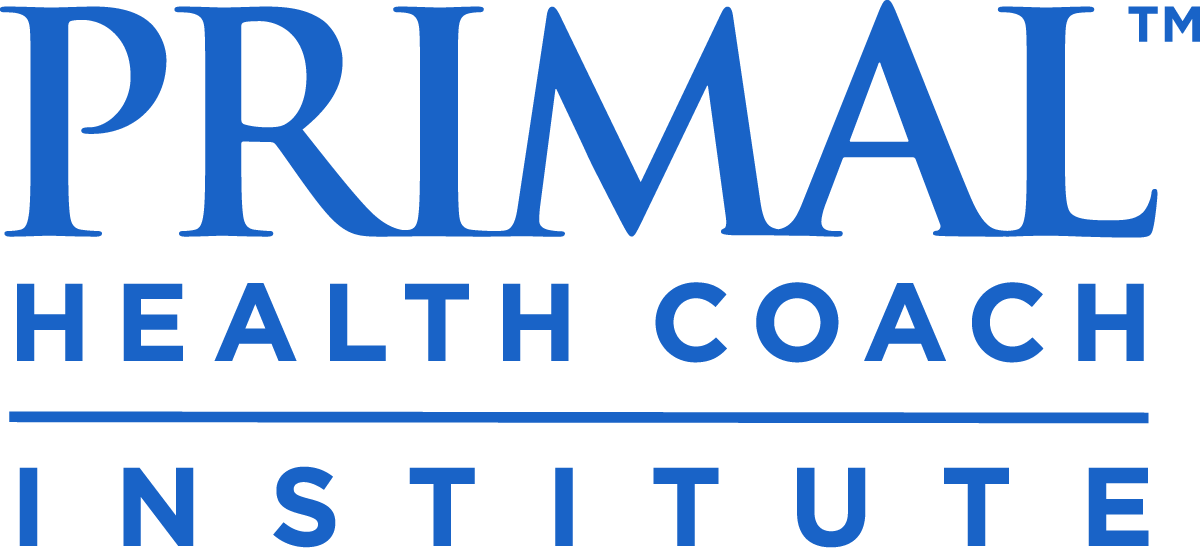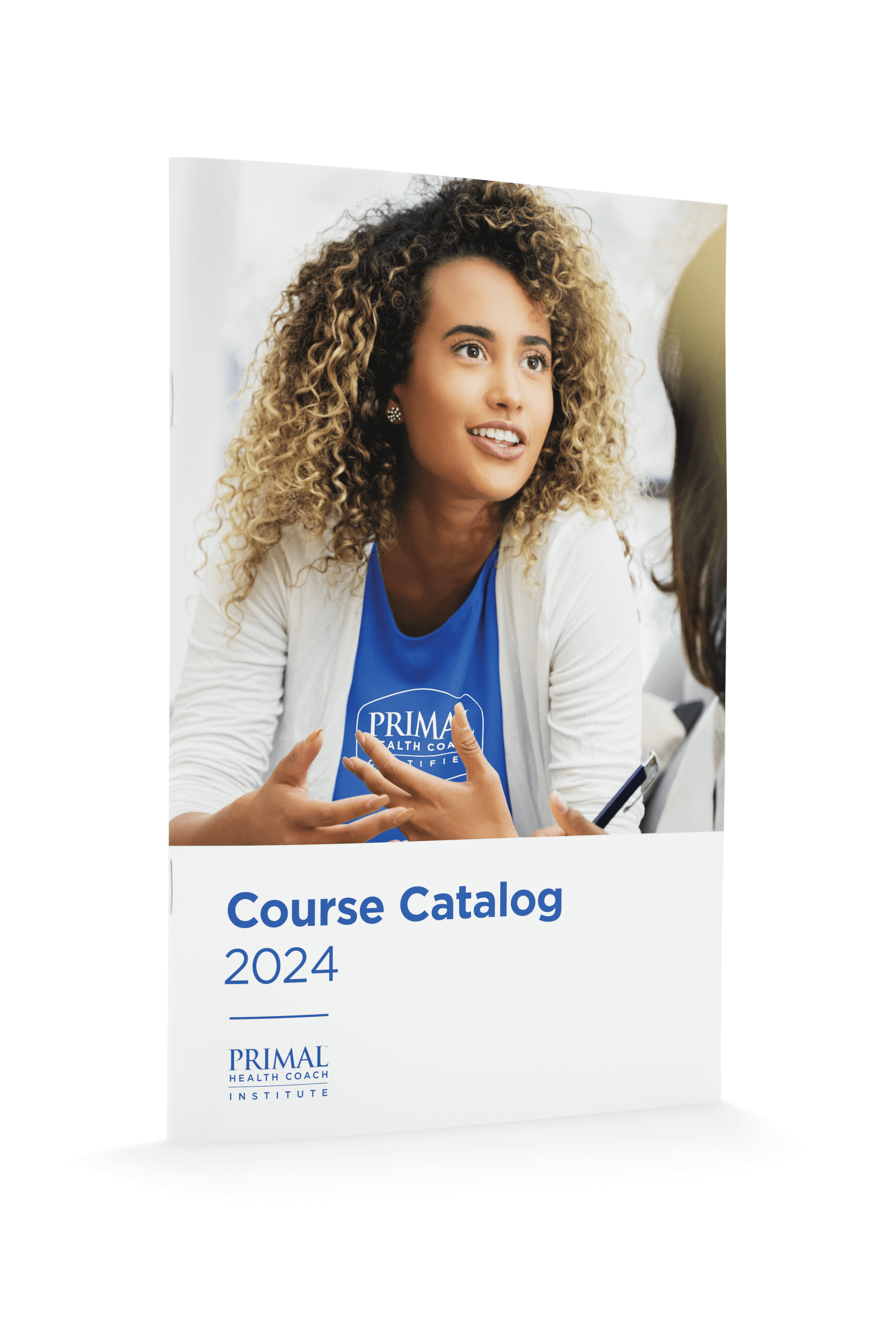
As a graduate of the Primal Health Coach Institute, you’re going to have to answer some fundamental questions when building your business. What type of health coaching will I do? What types of services should I offer? Where do I meet with clients? One of the big questions is—how do I package my services?
One of the things I love about this program is that the curriculum walks you through each of these steps well before you graduate. Even if you’re not enrolled in the Primal Health Coach Institute, we post weekly blogs to offer some high-level guidance in helping you navigate the ins and outs of health coaching, and give you tips on how to organize and grow your business.
If you’ve been wondering about what types of services and packages to offer as a health coach, or you’re considering updating your existing structure with new or additional options, check out today’s post on how to structure your health coaching packages.
See What Other Coaches Are Doing
When I started out, I had zero clue what to offer. I didn’t know whether I should see clients online or in person, how long the sessions should be, or how I would package them. There’s no right or wrong answer here, but digging around and seeing how others are doing it will help you figure out what you want to do. If you’re worried about copying someone, don’t be. Most services and packages are fairly similar across the board, so you’re just getting a feel for what’s out there. Try a search for “health coaching packages/pricing” just to see what’s out there, or head over to the Primal Health Coach directory to see what some of our graduates are doing.
Think About Your Niche Audience
It’s also important to consider your niche and what challenges they face. Do you help teenagers with confidence issues? Overworked CEOs who want to become more mindful? Or moms who are learning how to cook Primally for their families? From meal planning and workouts to stress management tactics, the services you offer should directly address your niche audience’s struggles.
Ask Yourself How You Work Best
When you were going through your own personal transformation or health journey, how did you learn best? Maybe you liked the personal connection of working with someone one-on-one, or you liked the group atmosphere of a class or workshop, or you liked getting away from it all by attending a retreat in some exotic location. The way you learned best may be the most effective way for you to coach, but it doesn’t have to be.
Depending on your niche audience and what their challenges are, you can create some pretty unique services in addition to general one-on-ones and group sessions. Consider doing a private or group grocery store tour for clients who usually stroll down the middle aisles. Do a pantry clean out to show which foods are Primal-approved and which ones should go right in the trash. Or offer 30-minute playground workouts for busy parents who want to get fit.
Put It All Together
Once you figure out what you want to offer, it’s time to decide how and where you’ll offer it. Again, you can refer back to the packages you’ve researched, but here are a few common ways to structure your health coaching packages. Personally, I’ve tried it a few different ways to see what felt right, and you might do the same. Or you might pick one option and stick with it!
Consider offering…
Multiple-month packages (3- and 6-month plans are fairly popular)
Pros: Clients who sign on to this kind of commitment tend to be serious about making changes. A longer-term relationship also gives you the opportunity to build rapport with your clients. And with multiple-month packages, your income will be much more predictable.
Cons: Since it’s a bigger investment, this option can be harder to sell to clients. You may have to explain why it’s important for clients to work with you on an ongoing and longer-term basis.
One-month programs (with multiple sessions, services, or classes included)
Pros: With this type of program, your clients are committed to seeing you at least a few times within a month, so you can start to build rapport and guide them toward their health goals. A one-month program may also be a more affordable option at the beginning, before they see the value in working with you long term.
Cons: One month may not be a long enough commitment to move the needle for your clients. And they may not see lasting changes.
Multiple session packages (with group sessions, services, or classes in packs of 5 or 10)
Pros: Multiple-session packages are often offered at a discounted rate versus single sessions, so clients feel like they’re getting a deal. It also gives them the flexibility to see you on a schedule that works for them.
Cons: Without regularly scheduled appointments, your clients may not see consistent results. And if they don’t get the results they’re after, they may assume it’s from working with you—not from their lack of consistency.
Paid private online community memberships (on Facebook or on your own website)
Pros: Online communities can potentially have a high-income stream, depending on the number of members you have. Plus, members will be more likely to hire you for one-on-one sessions when they’re ready, since they’re getting to know you and what you offer on a regular basis via the community.
Cons: You might end up spending a lot of time creating new content, interacting with members, or needing to manage resources who can produce videos and write posts.
One-off sessions, services, or classes (purchased one at a time)
Pros: Single sessions are more affordable, and let clients dip their toe into working with you without having to make a big commitment.
Cons: It can be more challenging to manage if your clients are only scheduling one-offs. It can also be harder to maintain their commitment level if you’re only seeing them here and there.
Note: Depending on where your prospective clients live, you could have your sessions or classes online using platforms like Zoom, Google Hangouts, or Skype. Or, if they’re located near you, you might want to see clients in person. See this post for more on online coaching formats.
In Conclusion
As health coaches, there are so many ways we can work with clients. But if you’ve been wondering what types of services you should offer and how to put it all together, the tips above will get you thinking about the best way to structure your health coaching packages as you start to grow your business.



